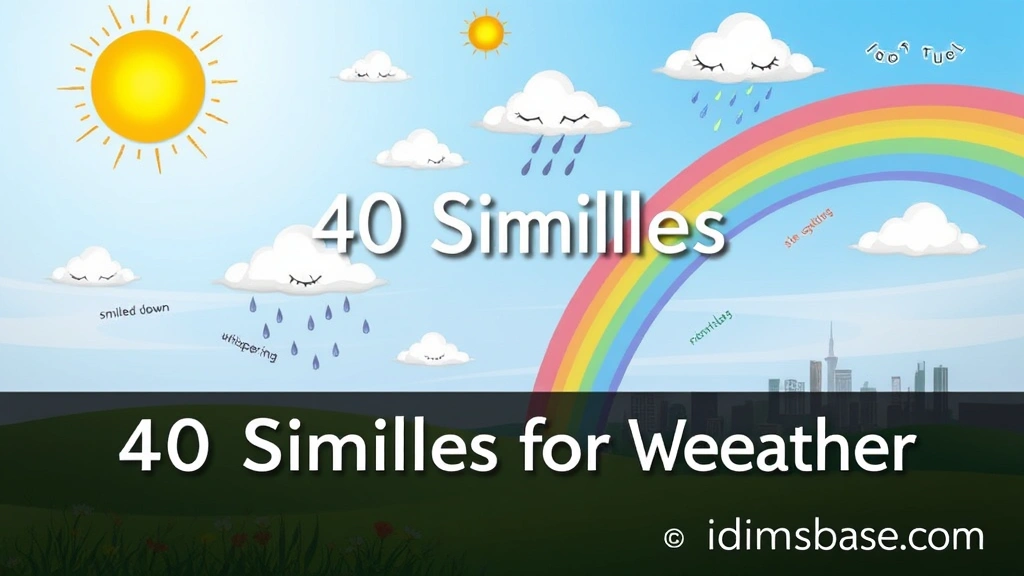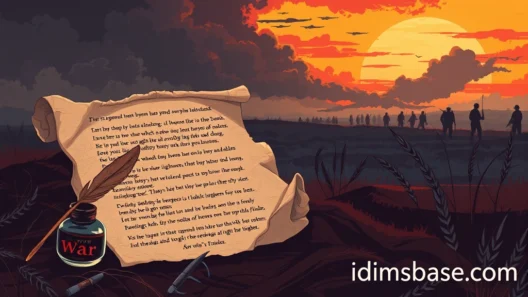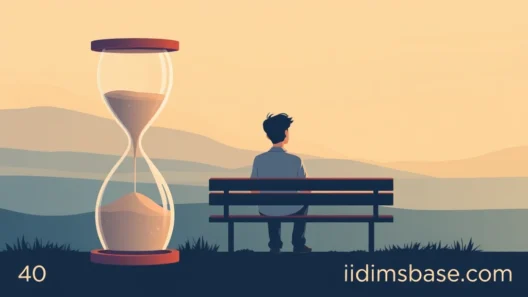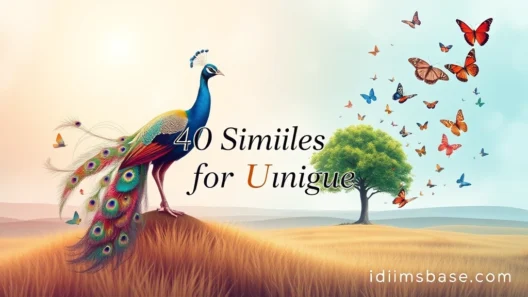Hey there, weather watchers and word enthusiasts! Have you ever found yourself gazing out the window, trying to describe the day, only to realize that "it's sunny" or "it's raining" just doesn't quite cut it? Weather is more than just a forecast; it's a feeling, a mood, a force of nature that inspires poetry and prose. And what better way to capture its essence than with a good old simile?
Similes are those fantastic literary tools that make comparisons using "like" or "as," painting vivid pictures in our minds. They help us connect abstract ideas to concrete experiences. When it comes to weather, similes can turn a simple description into a work of art, helping you express exactly what you see, feel, and hear. So, if you're ready to sprinkle some linguistic magic into your weather descriptions, you're in for a treat! We've gathered 40 exciting similes for weather that will help you describe everything from a gentle breeze to a raging storm. Let's dive in!
Similes for Sunny Weather
When the sun is shining, life just feels brighter, doesn't it? Here are some similes to capture that glorious feeling:
- The sky was as blue as a robin's egg, promising a perfect day.
- The sunshine felt like a warm blanket wrapped around you.
- The day was as clear as crystal, with not a cloud in sight.
- The heat was like a heavy cloak draped over the city.
- The sun beamed down like a spotlight on a grand stage.
- The air was as still as a painted picture, warm and unmoving.
- Golden hour light spread like melted butter over the landscape.
- The warmth was as comforting as a mother's hug.
- The day felt as fresh as a new morning.
- The sun's rays were like golden arrows piercing through the leaves.
Similes for Cloudy Weather
Not every day can be sunny, and cloudy days have their own unique charm. They can be peaceful, dramatic, or even a bit gloomy. Here are some similes to describe those overcast skies:
- The clouds hung low, like a heavy grey curtain.
- The sky was as dull as a forgotten memory.
- The air felt as thick as pea soup, heavy and still.
- The clouds scudded across the sky like sheep being herded.
- The day was as muted as a watercolor painting.
- The light was as soft as velvet, diffused and gentle.
- The sky looked like a bruised apple, dark and mottled.
- The clouds clustered together like cotton balls.
- The day was as grey as old ash.
- The mist swirled like a ghost through the trees.
Similes for Rainy Weather

Rain can be soothing, cleansing, or even fierce. It evokes a myriad of emotions and sounds. Let's find the perfect words to describe it:
- The rain fell like a shimmering veil over the town.
- The drops tapped on the roof like tiny fingers drumming a rhythm.
- The downpour was as relentless as a waterfall.
- The street glistened like polished glass under the rain.
- The rain came down like cats and dogs, heavy and fast.
- The air smelled as fresh as a newly washed linen.
- The storm raged like a wild beast.
- The puddles reflected the sky like shattered mirrors.
- The thunder rumbled like a distant train.
- The lightning flashed like a camera bulb in the dark.
Similes for Windy Weather
Wind is invisible, yet its presence is undeniable. It can whisper secrets or howl like a banshee. How do you describe something you can only feel and hear? With similes, of course!
- The wind whistled through the trees like a mournful ghost.
- The breeze was as gentle as a sigh.
- The gusts tore through the street like a hungry wolf.
- Leaves danced in the air like confetti.
- The wind howled like a frustrated child.
- The air felt as crisp as a fresh apple.
- The wind whipped around you like a playful puppy.
- The branches swayed like dancers in a frantic ballet.
- The wind felt as sharp as a knife on your exposed skin.
- The flags flapped like excited birds in the strong breeze.
FAQs: Your Weather Simile Questions Answered!
You've got questions about similes and weather, and we've got answers! Let's clear up some common curiosities.
What is a simile, anyway?

A simile is a figure of speech that directly compares two different things, usually by using the words "like" or "as." Its main goal is to make a description more vivid, imaginative, and engaging. Think of it as a little linguistic bridge connecting two ideas to help you understand one better!
Why are similes important when describing weather?
Weather is all around us, but sometimes it's hard to put its specific feel or look into words. Similes help us do this by connecting the abstract (like the feeling of humidity) to something concrete (like a thick blanket). They make your descriptions more relatable and memorable. Instead of just saying "it was cold," you can say "it was as cold as a freezer," and suddenly, your reader feels that chill!
Can I invent my own weather similes?
Absolutely, and we encourage it! The beauty of language is its flexibility. The best similes often come from personal observations and unique perspectives. Don't be afraid to experiment. Think about what the weather reminds you of, and build your simile from there. The more original, the better!
Are there any common mistakes to avoid when using similes?
Yes, a few!
- Don't be too obvious: "The sky was as blue as the sky" isn't a simile, and it doesn't add anything.
- Avoid clichés: While some common similes are great, try to find fresh comparisons when you can. "As busy as a bee" is fine, but can you think of something more unique?
- Make sure the comparison makes sense: "The sun was like a dark cloud" would be confusing because suns aren't dark! The two things you're comparing should have a logical connection, even if it's imaginative.
How can I practice using weather similes?

Great question!
- Observe: Pay close attention to the weather around you. What does the wind sound like? What does the light feel like?
- Journal: Keep a weather journal and try to write down at least one simile for the day's weather.
- Read: Pay attention to how authors describe weather in books or poems. What similes do they use?
- Share: Describe the weather to a friend using a simile and see if they understand your meaning!
What's the difference between a simile and a metaphor?
This is a classic question!
- A simile says something is like or as something else (e.g., "The clouds were like cotton balls"). It's an indirect comparison.
- A metaphor says something is something else (e.g., "The clouds were cotton balls"). It's a direct comparison, stating that one thing is another. Metaphors are often stronger and more assertive.
Both are fantastic for vivid descriptions, but they achieve their effect in slightly different ways!
Key Takeaways: Mastering Weather Descriptions
So, what have we learned about bringing weather to life with words?
- Similes are powerful tools: They transform simple descriptions into vivid, engaging imagery. By using "like" or "as," you connect the unfamiliar with the familiar, making your writing more relatable.
- Weather is a rich source of inspiration: From the gentle sun to a raging storm, every weather condition offers unique opportunities for creative comparisons. Don't just state the weather; describe how it feels, looks, and sounds.
- Practice makes perfect: The more you observe and try to articulate your observations using similes, the better you'll become. Your unique perspective is your greatest asset in creating original and impactful descriptions.
- Originality shines: While there are many classic similes, the most memorable ones often come from fresh, personal observations. Don't be afraid to think outside the box and forge your own comparisons.
- Clarity is key: Ensure your similes make sense and enhance understanding rather than confusing the reader. The goal is to paint a clearer picture, not a muddled one.
We hope this journey through 40 similes for weather has sparked your imagination and given you new tools to describe the world around you. Weather is a constant, ever-changing part of our lives, and now you have a richer vocabulary to capture its many moods. So, next time you look out the window, don't just see the rain; see the drops tapping like tiny fingers, or the street glistening like polished glass. Your descriptions will thank you for it!






